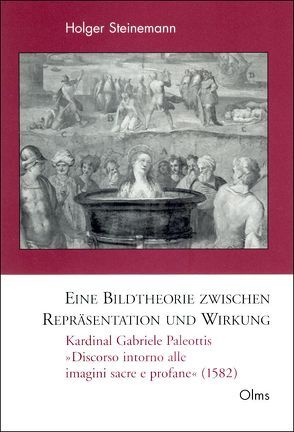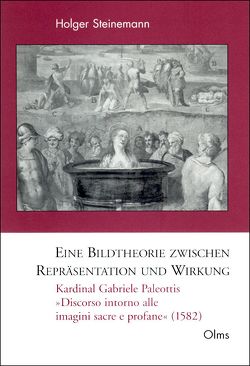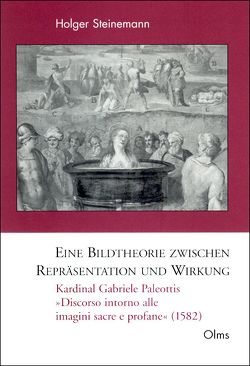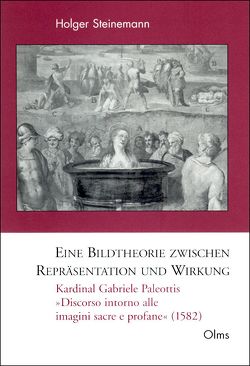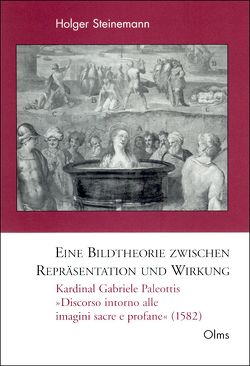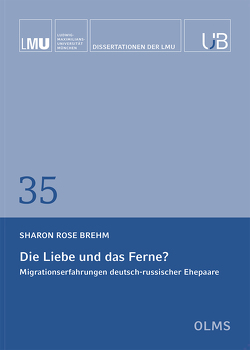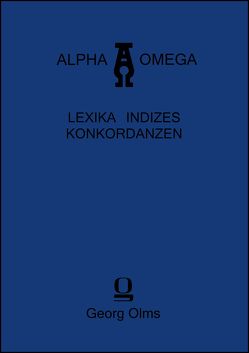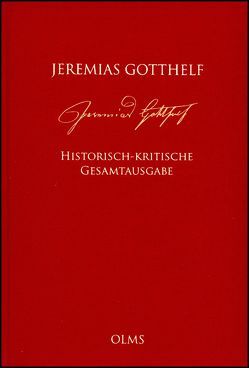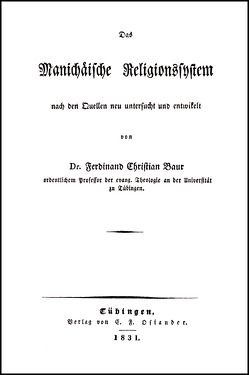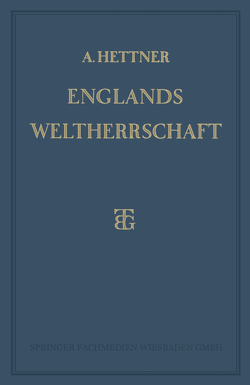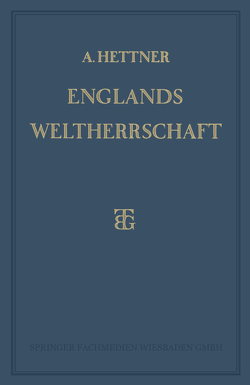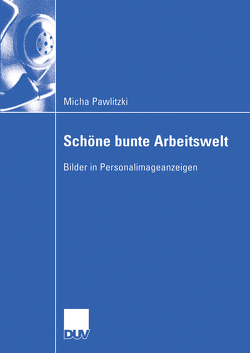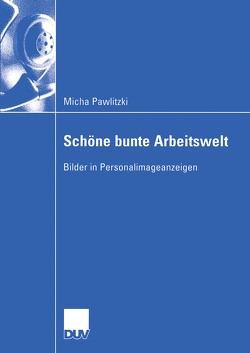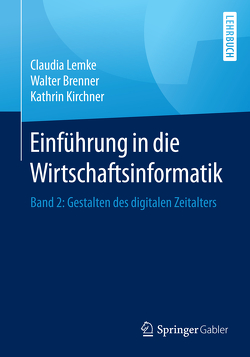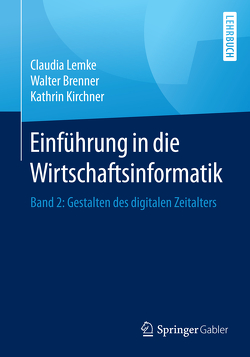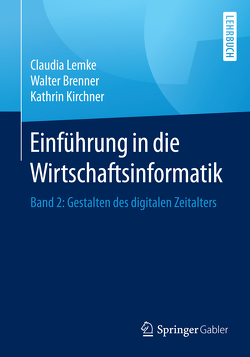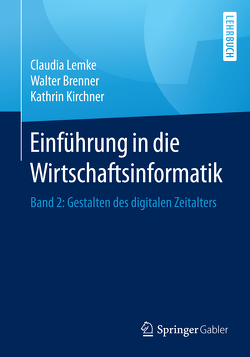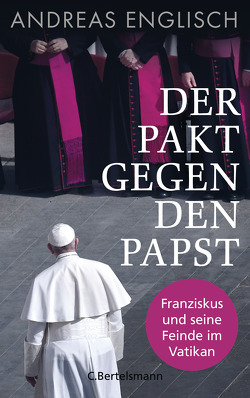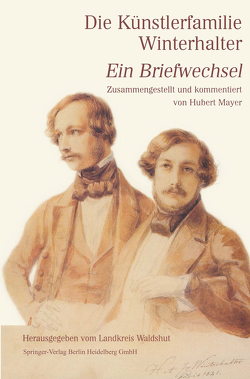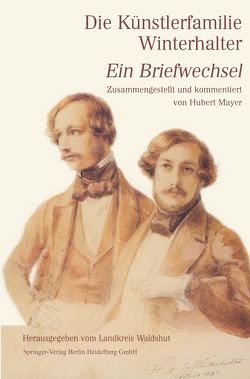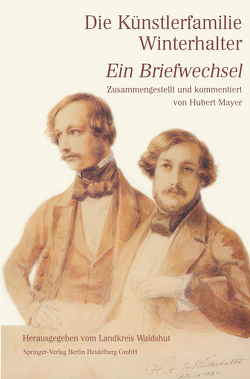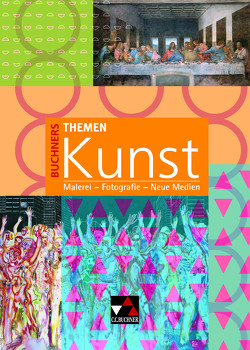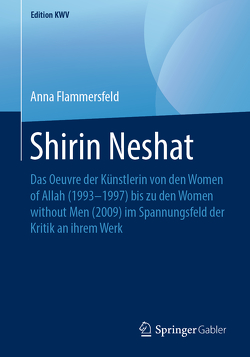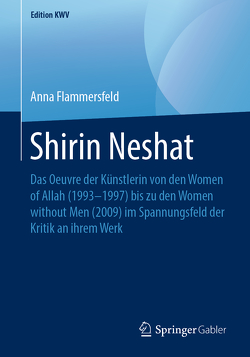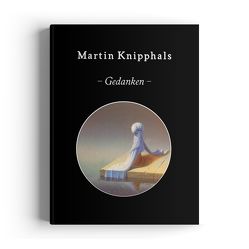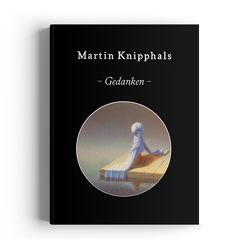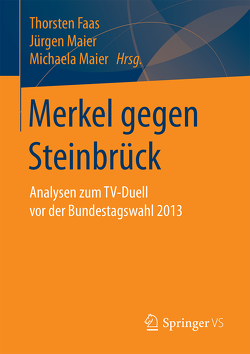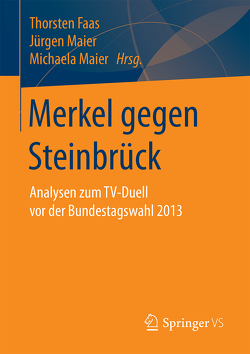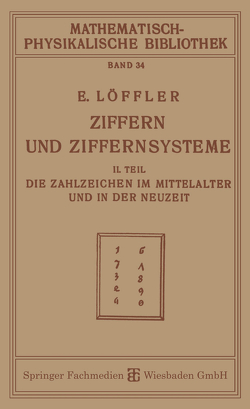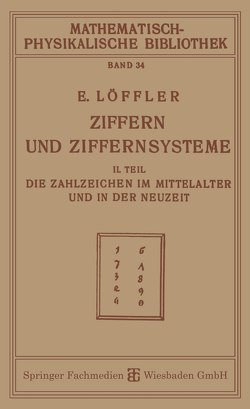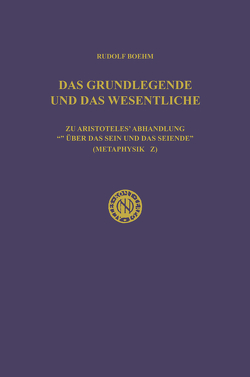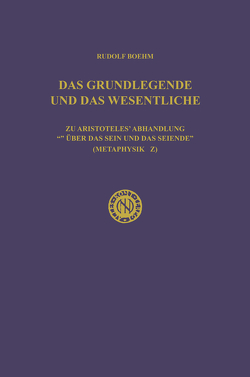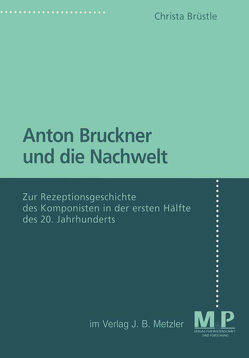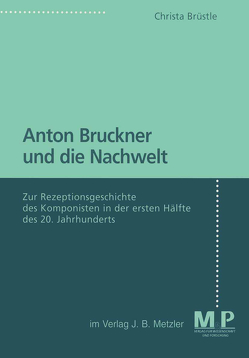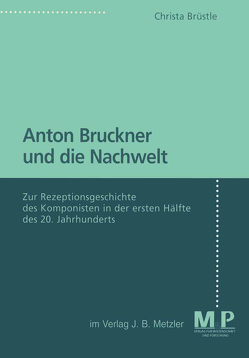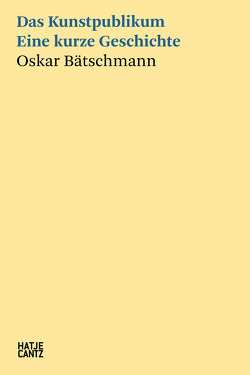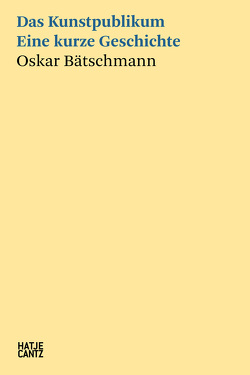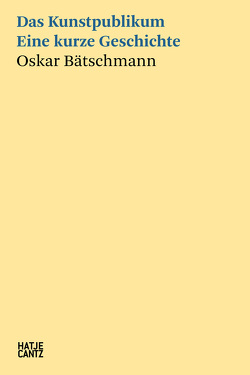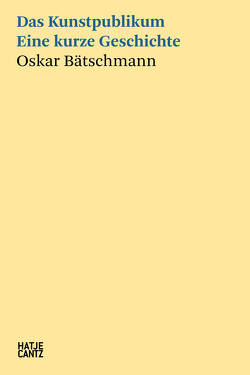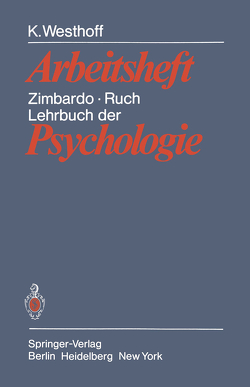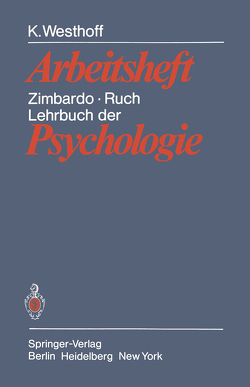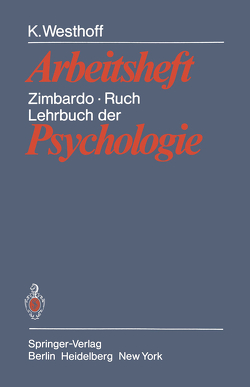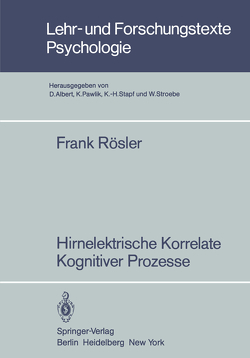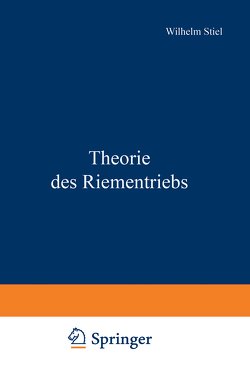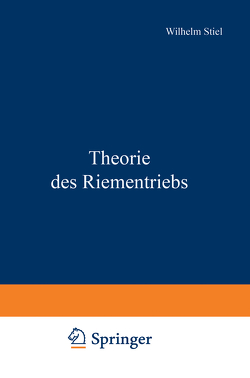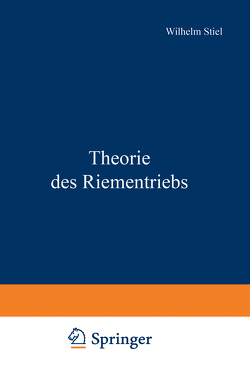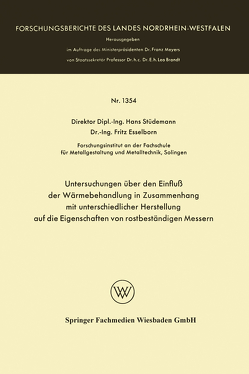Eine Bildtheorie zwischen Repräsentation und Wirkung
Kardinal Gabriele Paleottis "Discorso intorno alle imagini sacre e profane" (1582).
Holger Steinemann
Wie wirken Bilder auf den Betrachter? Wo haben die inneren Bilder ihren Ort? Welches ist der an¬gemessene Umgang mit Bildern? Fragen wie diese werden in aktuellen medientheoretischen Dis¬kursen unter Schlagworten wie „die Bilderflut des digitalen Zeitalters“ oder „die Macht der Bilder“ behandelt. Dabei gerät in Vergessenheit, dass schon in der Frühen Neuzeit im Zuge der konfessionellen Auseinandersetzungen das Bild als wirkungsmächtiges Kommunikationsmittel zunehmend ins Blickfeld rückte.
Es war der Bologneser Kardinal Gabriele Paleotti (1522–1597), der in seinem Discorso intorno alle imagini sacre e profane von 1582 die mediale Umbruchsituation seiner Epoche aufs eingehendste reflektierte. Auf der Grundlage eines an naturwissenschaftlichen Maßstäben ausgerichteten Nachahmungsbegriffs und der dezidierten Analyse unterschiedlicher Rezipientenschichten entwickelte Paleotti sein Modell der bildlichen Wirkungsfunktionen. Dabei gelangte er zu neuartigen und wegweisenden Einsichten, deren Rezeption bis in die jüngste Gegenwart hinein von einseitigen Ausdeutungen gekennzeichnet ist. In der vorliegenden Studie wird Paleottis bedeutendes, theologisch motiviertes Bildtraktat zum ersten Mal in seiner Gesamtheit kunsthistorisch interpretiert und unter dem Aspekt neuzeitlicher Bildrezeption fruchtbar gemacht.
***************
How do pictures affect the viewer? Where are internal pictures located? What is the appropriate way to approach a picture? Questions like these are discussed in the contemporary discourse of media theory under rubrics such as ‘the flood of pictures in the digital age’ or ‘the power of pictures’. At the same time we tend to forget that in the early modern age, in the context of the religious debates of the Reformation, the concept of pictures as a powerful and effective means of communication was already being discussed.
It was the Milanese Cardinal Gabriele Paleotti (1522-1597) who in his Discorso intorno alle imagine sacre e profane of 1582 provided the most detailed reflection of the state of upheaval in the media of his day. Using a definition of imitation based on scientific criteria and a determined analysis of different levels of reception, Paleotti developed his model of the ways in which pictorial effects function. In doing so he achieved new and influential insights, the reception of which has been characterised until very recently by one-sided interpretations. In this study Paleotti’s important, theologically-motivated tract is for the first time analysed as a whole from an art-historical perspective, and made to yield new rewards from the perspective of modern picture reception.
